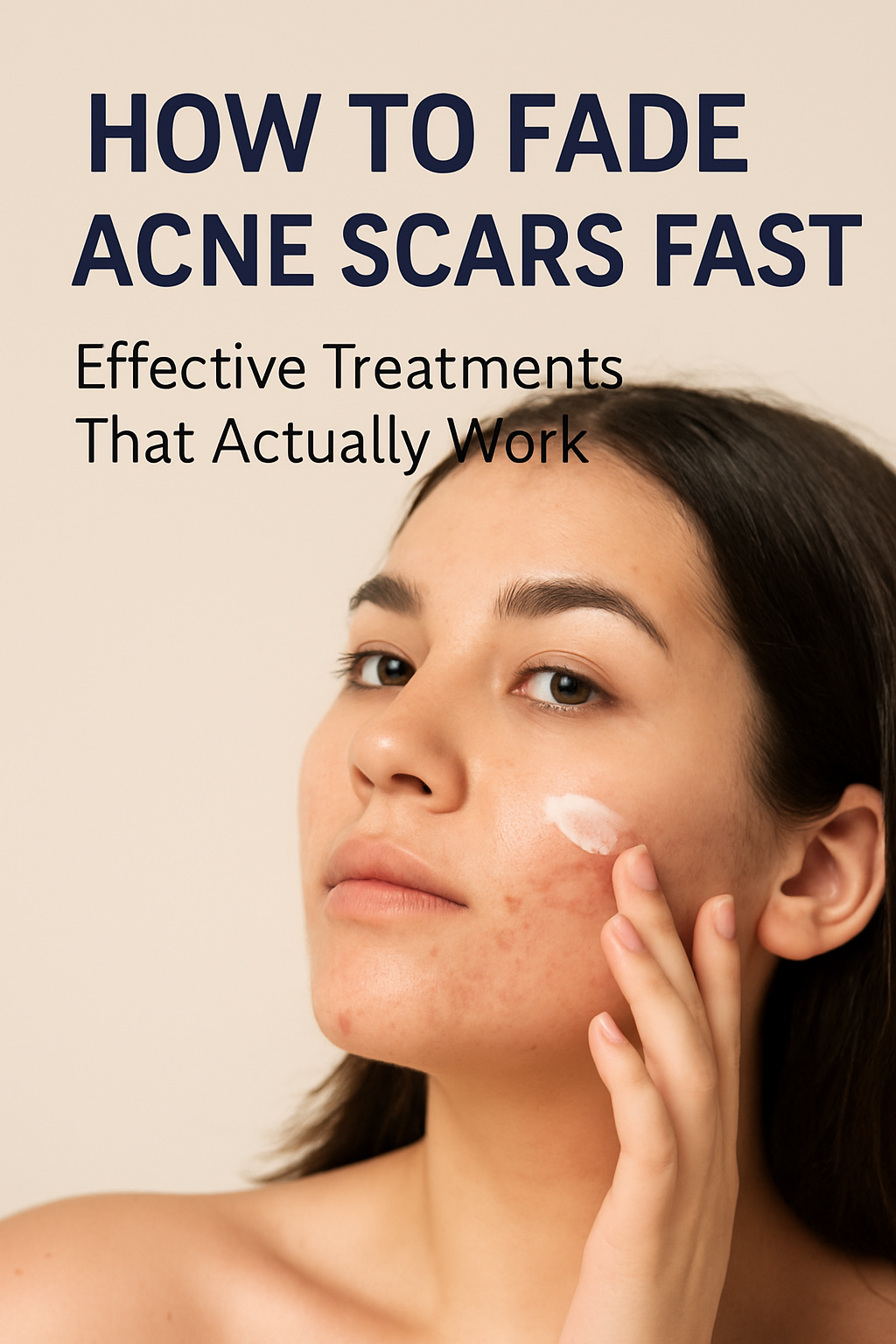Best Eye Creams for Fine Lines and Wrinkles: Dermatologist Picks
The skin around the eyes is one of the first areas to show signs of aging. Thin, delicate, and constantly in motion, it’s prone to fine lines, wrinkles, puffiness, and dark circles. That’s why using a targeted eye cream can be one of the smartest steps in your skincare routine—especially if you’re aiming for long-term anti-aging benefits.
In this guide, we’ll explore what makes an eye cream effective, the best ingredients to look for, application tips, common myths, and dermatologist-approved product picks for 2025.
Why Eye Creams Matter
Unlike moisturizers or serums designed for the entire face, eye creams are formulated to be gentler and more concentrated. They’re designed to:
- Support collagen production in thin skin
- Improve elasticity and reduce crepiness
- Smooth out fine lines and crow’s feet
- Hydrate without causing puffiness
- Reduce dark circles and under-eye fatigue
Skipping eye cream and relying only on your facial moisturizer may not provide the precision or effectiveness this sensitive area needs.
Key Ingredients That Work
Dermatologists agree: not all eye creams are created equal. For targeting wrinkles and fine lines, prioritize products containing:
- Retinol or Retinaldehyde – Boosts cell turnover and stimulates collagen.
- Peptides – Help firm the skin and improve elasticity.
- Niacinamide – Strengthens the barrier and brightens under-eye tone.
- Hyaluronic Acid – Provides deep hydration and plumps fine lines.
- Caffeine – Reduces puffiness and brightens tired eyes.
- Ceramides – Restore the skin barrier and lock in moisture.
- Vitamin C – Fades pigmentation and protects against free radical damage.
These ingredients are often formulated in smaller, safer concentrations for the eye area compared to full-face anti-aging treatments.
What to Avoid in Eye Creams
Some ingredients can irritate the sensitive eye area or worsen puffiness and dryness:
- Essential oils and fragrance – Major culprits for irritation and allergic reactions.
- High concentrations of alcohol – Can dry and sensitize the skin.
- Heavy oils or butters – May cause milia (tiny white bumps).
- Unbuffered retinol – If not formulated for eyes, it can be too harsh.
When choosing an eye cream, always patch-test on a small area before full use.
How to Apply Eye Cream Effectively
The way you apply eye cream can make a big difference in results and comfort:
- Use your ring finger—it applies the least pressure.
- Tap, don’t rub—gently pat the product along the orbital bone.
- Apply after serum, before moisturizer.
- A grain-of-rice-sized amount is enough for both eyes.
- Avoid getting product into the lash line or eyes directly.
Apply morning and night unless the product specifies otherwise (especially those with retinoids—use only at night).
Dermatologist Picks: Best Eye Creams for Wrinkles in 2025
Here are top dermatologist-approved eye creams that deliver noticeable results:
1.
RoC Retinol Correxion Eye Cream
- Contains a gentle form of retinol
- Visibly reduces crow’s feet and dark circles
- Fragrance-free, affordable
2.
SkinCeuticals A.G.E. Eye Complex
- Targets advanced signs of aging
- Rich in peptides and antioxidants
- Ideal for mature skin
3.
CeraVe Eye Repair Cream
- Contains niacinamide, ceramides, and hyaluronic acid
- Non-irritating and approved by the National Eczema Association
- Great for sensitive skin
4.
The Inkey List Caffeine Eye Cream
- Lightweight and budget-friendly
- Excellent for puffiness and mild fine lines
- Best for younger skin or as a daytime option
5.
Neutrogena Hydro Boost Eye Gel-Cream
- Gel-based with hyaluronic acid
- Fast-absorbing and ideal under makeup
- Oil-free and non-comedogenic
Myths About Eye Creams
Myth 1: “Eye cream is just overpriced moisturizer.”
Truth: Eye creams have tailored textures, delivery systems, and active concentrations for thin skin.
Myth 2: “You don’t need eye cream until you’re older.”
Truth: Prevention is key. Using eye cream in your 20s or 30s can delay fine lines.
Myth 3: “Natural oils are best for the eye area.”
Truth: Many oils are too heavy and can cause milia or puffiness.
Internal Links:
- Skincare routine for sensitive skin
- Best moisturizers for sensitive skin
- How to treat redness and irritation
- Anti-aging skincare tips
- How to choose the right moisturizer for oily skin
Conclusion
The right eye cream can make a meaningful difference in reducing the signs of aging. Look for products with proven ingredients like retinol, peptides, and hyaluronic acid, and apply them correctly for the best results. Whether you’re just starting an anti-aging routine or upgrading your current one, eye cream is an essential investment in long-term skin health.
Ready to upgrade your routine? You may also like our guide on anti-aging skincare tips for a complete approach to youthful skin.


